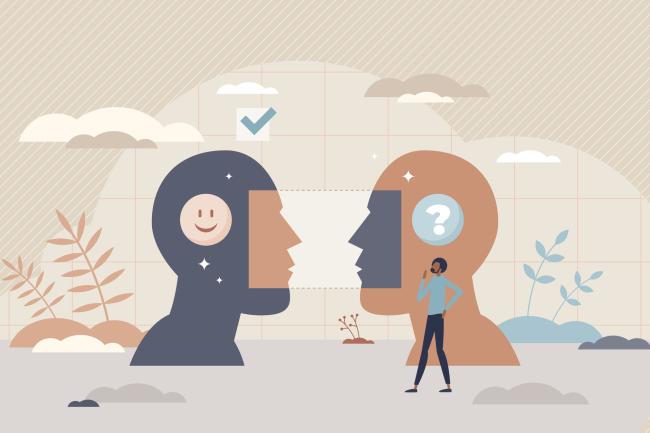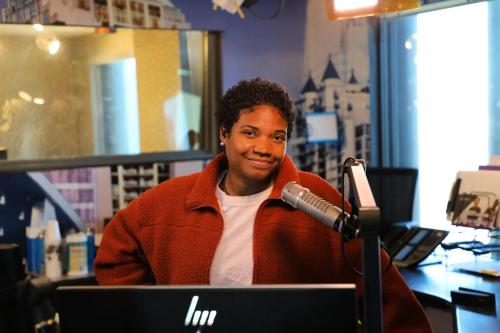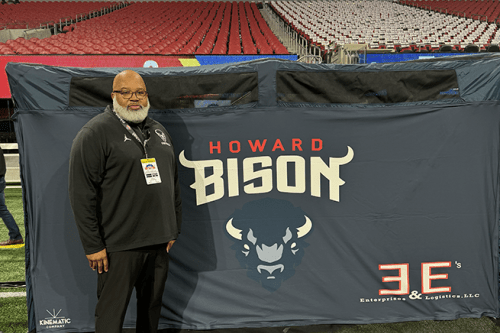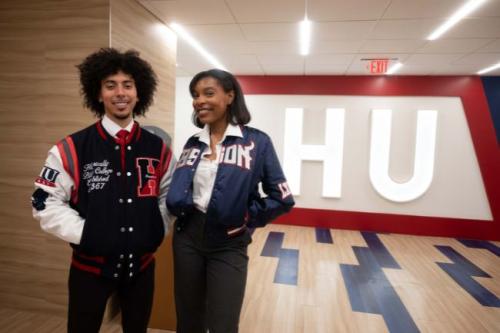Over the past decade, organizations have responded to critiques around their diversity, equity, and inclusion by requiring their employees to undergo a set of unconscious bias trainings.
Unconscious bias, also known as implicit bias, is defined as a social stereotype about people that individuals form outside of their conscious awareness. Implicit biases are much more difficult to pinpoint, but these latent prejudices can impact everything from a company’s treatment of its employees to a doctor’s misdiagnosis of their patients. These trainings are designed for participants to bring those biases to the forefront and develop strategies to limit their significance.
At schools like Howard University and other minority-serving institutions, the need for trainings on unconscious bias may seem unnecessary. Communities that often bear the brunt of these biases are deemed exempt from requiring these trainings. But unconscious bias transcends race and ethnicity. It can involve socioeconomics, gender, and a host of other variables we may fail to immediately recognize.
“You look at people who are like you, and not just because we’re all the same color necessarily,” said Howard’s Vice President and Chief Human Resources Officer Warren Petty, “but in different ways: education, background, religious views, whatever the case may be. We can use those [descriptors] to make decisions, and that’s where unconscious bias really has an impact on everybody.
“It’s really about recognizing and acknowledging that they exist — that you have them — and really checking yourself to make sure that they’re not influencing the decisions that you make.”
Petty further noted he has seen how unconscious biases can manifest specifically within higher education’s hiring practices. “Coming from a [predominantly white institution] where they struggled with just getting underrepresented minority faculty on board, one of the things I tried to insist on was, ‘Well, if we’re doing the same things all the time, we’re going to continue to get [the same results],’” he said. “So, if we’re looking in the same places, we have the same set of people on those committees making the decisions, we don’t diversify the committee, and we don’t look in places like HBCUs, we’re going to continue to get the same thing.”
You look at people who are like you, and not just because we’re all the same color necessarily, but in different ways: education, background, religious views, whatever the case may be.”
While employees can air their grievances and clamor for change, it is clear the culture must be set by leadership. Petty shared an experience where a chief academic officer demanded “a hiring outcome of a diverse enough pool.”
“He was holding them accountable to doing that, and that’s kind of what you need,” Petty said. “If you don’t have leaders that do that, you’re stuck, because people will continue to do what they’ve always done and there’s no way to get around it.
“It’s that kind of consistency and commitment and conviction about this,” Petty continued. “And [the chief academic officer] wasn’t a person of color, but he said it was something he believed in strongly.”
Howard President Dr. Wayne A. I. Frederick, M.D., MBA, likewise believes that, while certain responsibilities can be delegated to employees, “diversity and inclusion rest with the CEO.” “If you think it was important for your business, then you should assign that to yourself and be the leading face of it,” he said in a 2020 roundtable hosted by the Washington Business Journal. “You should be the one involved in every conversation about it, the planning and execution.”
Dr. Frederick credited a willingness to be introspective about the University’s own unconscious biases in shaping what kind of institution Howard wants to be moving forward. “When I got here as president, I had 13 deans — one of them was a woman,” he said. “I’m the 17th president. We’ve all been men, 10 of whom have been white men. So, we don’t sometimes understand our own history, but we go pointing fingers before we really get into the discussion. So, I looked at that situation and said, ‘There’s something wrong here.’ We published all that data and then we went about fixing it.”
“So, when I hire deans and I set up six committees at Howard, there has to be gender balance. Everybody has to go to unconscious bias training and cultural competency training in order to sit in a search committee. And I will not interview the three finalists if one isn’t a woman. At one point, we got up to 11 deans out of the 13 being women. But the message came from the top. We had a plan to execute. We had clear outcomes we wanted to see over time. And I think that’s some of what you have to do.”
Unconscious bias trainings are primarily used within Howard’s hiring processes, but optimism exists that these trainings can be helpful in other areas of the University experience, and particularly for students. “I think [these trainings] would be helpful almost in every regard,” said Anthony Wutoh, PhD, RPh, Howard University’s provost. “Schools that, for example, conduct interviews for admission, I think it would be great if they’re not already doing it, having some sort of unconscious bias training.
“I think it would be helpful beyond the hiring process, which is what we’re primarily applying it towards. Student interviews, the admissions process – I think in other areas, it will also be helpful.”
And whether HBCUs and other minority-serving institutions could use unconscious bias trainings? The answer is a resounding yes. “There has been the response in several circumstances that, ‘We don’t have racial bias here; I’m at Howard and this isn’t necessarily something that we need to put in place,’” Wutoh said.
“But for those individuals who may have had that perspective prior to the training, it has typically been, ‘I’m glad we went through that’ or ‘I learned something that I wasn’t aware of before.’ So, it’s almost always been a sense that I learned something that I was not aware of previously or that it was helpful – if not for me, then for the group.”





